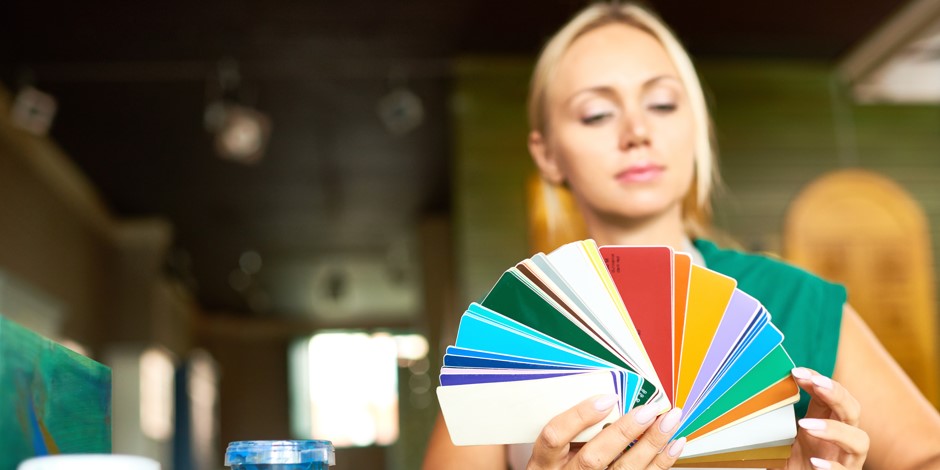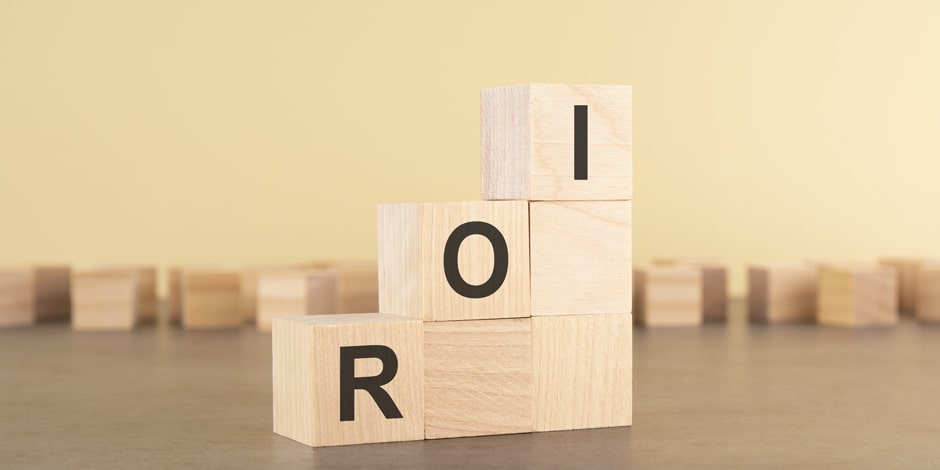The start of color psychology can be traced back to the ancient civilizations of Egypt, Greece, and China, who believed in the therapeutic and healing properties of colors. In the early 19th century, Johann Wolfgang von Goethe, a German writer, and polymath, published a book titled ‘Theory of Colours’, which explored the emotional and symbolic associations of colors in art and nature. Later in the 20th century, psychologists like Max Lüscher and Faber Birren conducted research on the psychological effects of color, leading to the development of the field of color psychology. Today, color psychology is used in various fields such as marketing, advertising, interior design, and art, among others.

Johann Wolfgang von Goethe, a German artist and poet, was the first to explore the relationship between color and the mind. In his 1810 book, ‘Theory of Colors’, he wrote about how colors can elicit emotions and how different hues of each color can evoke distinct emotional responses. However, due to the book mainly reflecting the author’s opinions, the scientific community did not widely accept the theories presented in the book.
Start of Color Psychology

How do Colors Affect People?
Colors can affect people in various ways, and the impact can be both physiological and psychological. Here are a few examples:
Physiological effects: Colors can affect the body’s physiological responses, such as heart rate, blood pressure, and respiration. For example, red is known to increase heart rate and blood pressure, while blue can have a calming effect and lower heart rate.
Emotional effects: Colors can evoke different emotions and moods in people. For example, red is often associated with passion or excitement, while blue is associated with calmness or sadness.
Colors Affect People

Cognitive effects: Colors can also affect cognitive processes, such as memory and attention. For example, yellow can enhance memory and stimulate creativity, while green can promote focus and concentration.
Cultural effects: The meaning and symbolism of colors can vary across cultures, and certain colors may have different associations in different regions of the world. For example, white is associated with purity or innocence in Western cultures, while it is associated with mourning in some Eastern cultures.
Overall, colors can have a powerful impact on people, and understanding the psychology of color can be useful in various fields such as marketing, advertising, design, and therapy.
More Similar Articles of the Author
What is Color Psychology in Art and Design?
How have Modern Ideas Evolved on the Impact of Color on us?
How is Social Media Influenced by Colors?
Analyzing the Use of Contrast and Chiaroscuro by the Old Masters
The Importance of Color in Abstract Expressionism
What is the Significance of Primary Colors in Pop Art?
What is The Experience of Entering into the Digital Art World like?
What is the Relationship Between Impressionism and Pastels?
Viewing life in All Its Hues





 Content Writing
Content Writing Video Marketing
Video Marketing Graphic Design
Graphic Design Lead Magnet Creation
Lead Magnet Creation Content Marketing
Content Marketing